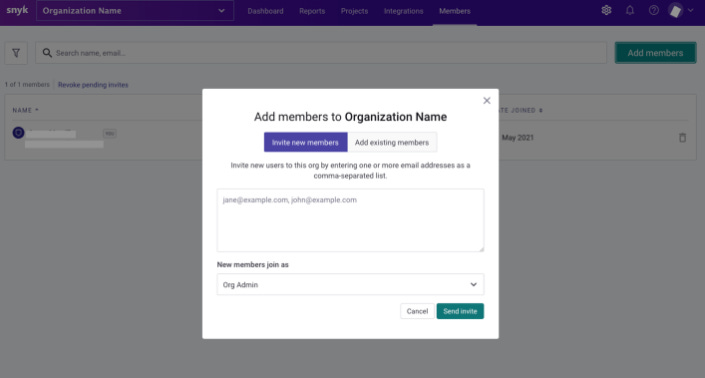Viral Loops in B2D
Growth Hacking Applied to B2D G2M motions
There is a lot of buzz around the term viral loop in the field of marketing and maybe more specifically, in growth hacking. And not without reason. Viral loops can, not a surprise given the name, fuel exponential growth through network effects - each new user can potentially bring more additional users. It can also be a cost-effective acquisition channel, increase user engagement and contribute to brand loyalty.
Viral loops refer to a self-sustaining cycle where users of a product or service actively contribute to attracting and acquiring new users, leading to exponential growth.
A good viral loop feels natural. It might be sharing a social media post or directly forwarding something to friends, family, or colleagues. It should enable existing users of a platform to expose the platform to new users on an external network, through mechanisms like referrals, content shares, etc., and enable these recipient users to convert to becoming users of the product themselves, and starting the loop all over again. Click > Share > Repeat.
Viral loop design
To design a platform in a way that it is set up for virality, it should include an interactive component that the audience can use to create an own, unique, piece of content, to be further shared. An example of a product with built-in virality is Substack, the online platform that provides publishing infrastructure to support subscription newsletters that I am also writing this article on. Substack allows users to send an email to a mailing list and publish that email as a post. This directly enables spread over email lists but also allows readers to share the original post on social media. The body of email and post often includes a call-to-action asking new users to sign up for the newsletter. Some of the readers may even start their own newsletter, starting another cycle of virality.
Viral loop incentives
There are several types of viral loop incentive strategies that can act as fuel for the initiative.
I feel like the best virality incentives are intrinsic ones, where users share content or a product based on the emotions it evokes within them. These act as the strongest social proof to prospects who are thus more likely to also try it. There are also many feature or content-based incentive strategies, granting access to premium content or functionality after a referral. A more brute-force alternative to this would be paid referrals or other financial incentives.
Most of these strategies can be applied either single-sided (only to the referrer) as well as two-sided.
Potential pitfalls
Given viral loops lower the entry barrier to a product, ensuring retention of these users can become a challenge. It is thus vital to have a quick time-to-value once on the platform and give them their “aha” effect swiftly. If not managed well, users may also become overwhelmed with referral requests, leading to diminshed returns initially and potentially even brand damage long-term. There were also incentive misalignments in a few attempted viral loops where poorly aligned incentives coupled with overall high financial rewards led to users trying to game the system and exploit the program without genuine interest in the product.
Viral Loops in B2D
I believe a lot of the learnings from viral loops that might be more mainstream in the B2C context, can also be applied to the B2D world. Especially for tooling that is (initially) targeted towards individual developers and follows a typical bottom-up motion, viral loops can be a great lever to additionally fuel other B2D G2M strategies such as content-driven or community-driven approaches.
A B2D company that had several successful viral loops is developer security company Snyk. They have a few of the evergreens found in the viral loop shelf, such as collaborative personal viral loops (i.e. team invites) and incentivized personal viral loops (i.e. referrals) in their repertoire.
But they also incorporate more involved and product-specific loops such as their auto-generated pull request loop.
(shout-out to Ben Williams aka PLGEEK, ex VP Product Snyk)
How it works is that Snyk will automatically scan repos a developer connects to the platform, detect vulnerabilities, and display them. Snyk can then propose fixes to many different types of vulnerabilities by making changes to source code via pull requests. If a developer clicks the ‘Fix this vulnerability’ CTA, Snyk will generate a pull request for the fix, which the team can review and merge to fix the issue. This PR will be prefixed with [Snyk] to make them easily recognizable and foster their viral loop.
I think it’s a great loop in many ways. It works very well as an intra-company loop to acquire more developers in the same org, but when it’s used in open-source repos it will also spread Snyk beyond a single project. GitHub is also not as highly penetrated with competing viral loops as other platforms such as Google or social media.
To summarize, I think strategically baking viral loops into B2D products can be a great booster for growth.
Questions to you:
What’s the best viral loop you have seen lately?
What other growth hacking techniques from the consumer world can be applied to a B2D motion?
Feel free to share!







